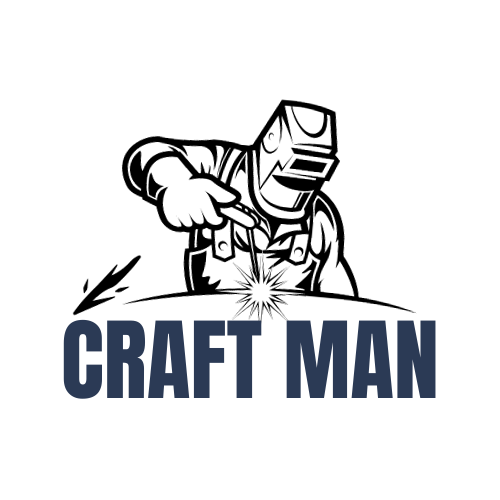Craft Industry Alliance’s corporate members enjoy access to a special monthly briefing known as Craft Industry Insider. This publication provides a broader perspective on the integration of creative industries into the worldwide economic landscape and the influence of economic movements on the craft sector.
We’re sharing a segment from the February edition with you.
It has been two years since Russia’s incursion into Ukraine, an event that has led to over 8 million Ukrainians seeking refuge outside the country and another 8 million displaced internally.
Russia has consistently maintained a certain distance from Western nations and their capitalist systems, a divide that has widened in recent years. In response to the Ukrainian invasion, the U.S. and the EU imposed sanctions on Russia and its ally Belarus, severed Russian banks’ access to the vital international trade platform SWIFT, and companies like Mastercard, Visa, American Express, and PayPal ceased transactions with Russian financial institutions.
Numerous Western firms have opted to cease transactions with Russian entities, regardless of whether their goods are under sanctions. Etsy, for instance, prohibited users from Russia and Belarus from its marketplace starting April 2022. A significant reduction in cross-stitch pattern vendors was observed, as reported by Slate. An indigenous alternative, Livemaster.ru, established in 2006, now boasts 200,000 sellers, 2.5 million products for sale, and 8 million customers. Services like BXB by Boxberry have emerged as intermediaries for Russian vendors, facilitating their presence on platforms like Etsy or Amazon for a 10% commission on sales.
Russia, the world’s sixth-largest economy by GDP (PPP), is slightly smaller than Germany and has a population of 146 million, surpassing any single European nation. A leading figure in Germany’s craft industry recently shared that the prevailing view in Europe is that the sanctions have been more detrimental to E.U. manufacturers than to Russia itself, as reported. Broadly speaking, Russia has redirected its trade to countries like China, Turkey, India, and Brazil as Western cooperation has waned.
Given Europe’s significant role as a producer of art and craft materials, I investigated the U.N. Comtrade database to assess the validity of this notion. Comtrade is a comprehensive source of trade statistics, offering detailed data on both broad categories and specific HS commodity codes.
My research revealed that European exports of certain art and craft supplies to Russia have indeed diminished over the past two years, with China emerging as the primary beneficiary.
In 2012, Czechia was the leading supplier of pencils and crayons to Russia. However, China accelerated its exports as Czechia and Latvia reduced shipments in 2014, possibly in response to the annexation of Crimea. While Germany’s imports to Russia increased until 2021, they too experienced a sharp decline following the invasion of Ukraine. (Click on these charts for an interactive view with comprehensive data.)
















Leave a comment